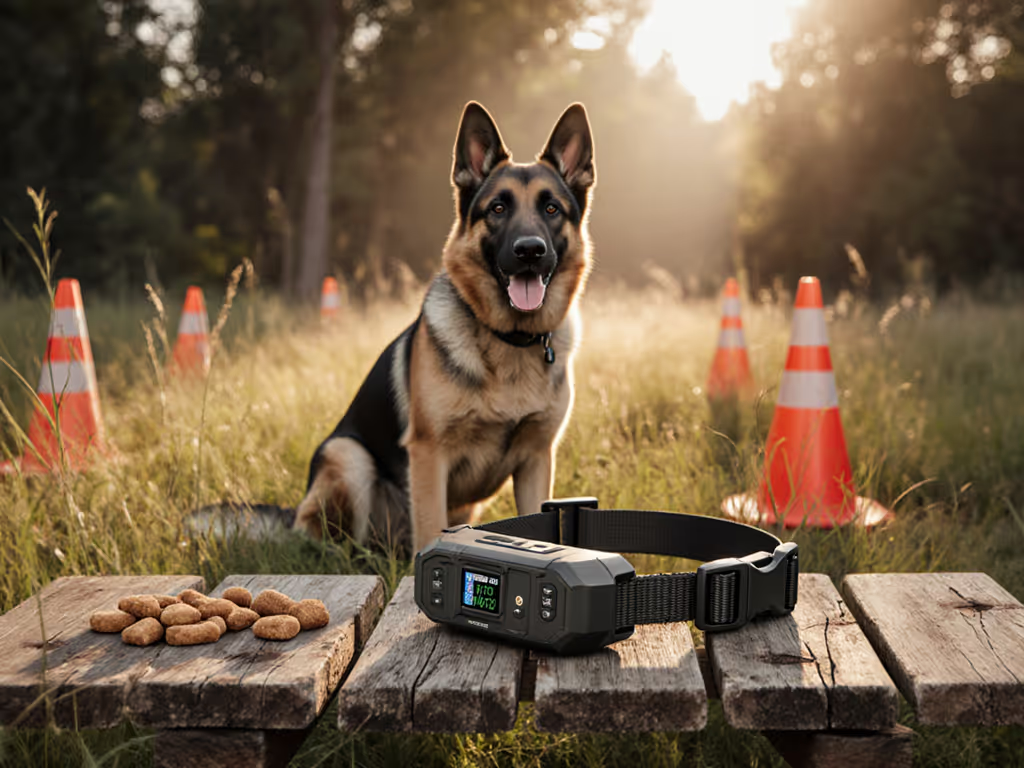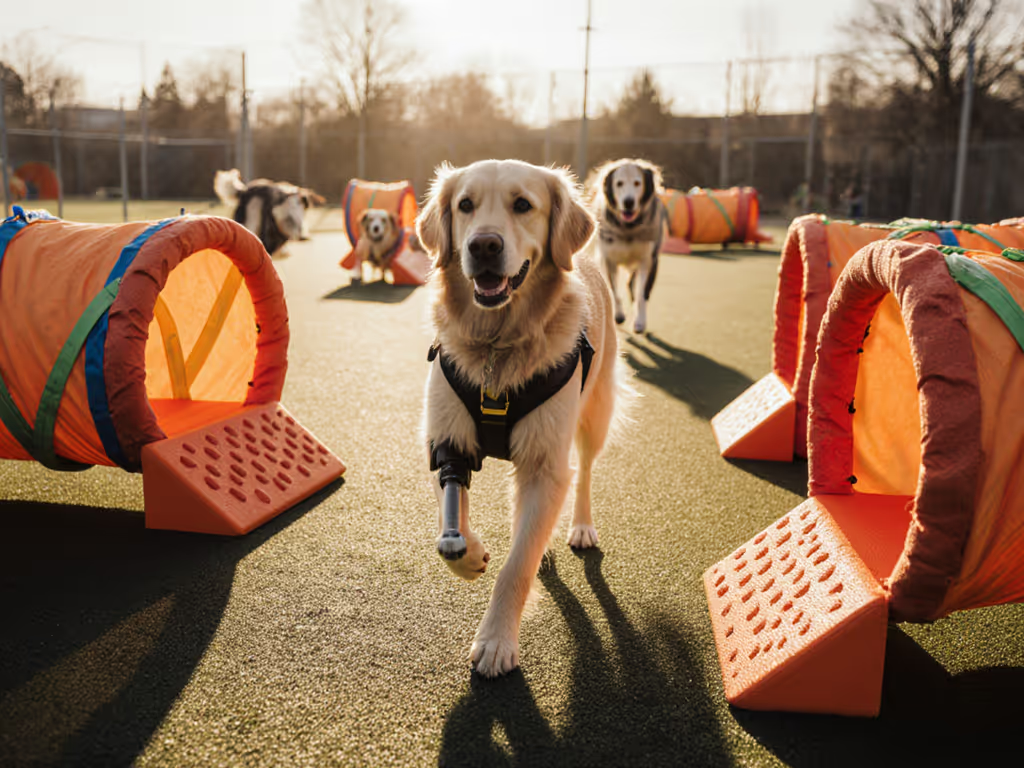
iCue Training System: Calm Walks, Confident Dogs
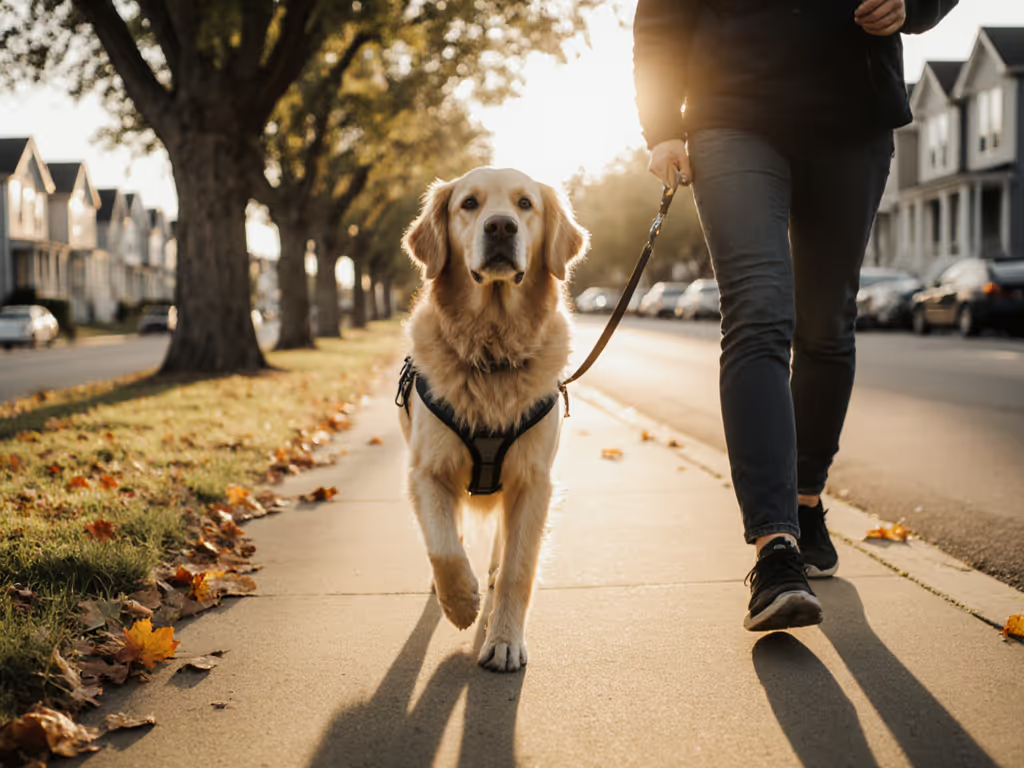
The hallway was barely six feet long when I watched a guardian wipe tears as her dog completed a calm ten-step walk to the door. No lunging. No choking. Just relaxed paws moving toward the exit we had marked with tape. This moment (achieved through the iCue training system and smart AI dog training support) revealed something profound: confidence isn't built in giant leaps, but in tiny, consistent repetitions that respect both species. Today, that same dog walks three blocks daily with loose leash manners. Short reps, long gains.
If you've ever felt defeated by leash wrestling matches or confusing mixed signals during walks, you're not alone. Most guardians don't realize their dog's pulling isn't defiance, it's confusion about what earns connection. Traditional "commands" often fail because they are introduced too early, without first establishing clean behavior patterns. The iCue method flips this script by treating cues as confirmations of known behavior (not demands). Paired with modern virtual dog training devices that provide instant feedback, this approach creates the calm, consistent reinforcement both ends of the leash need to thrive.
Why Traditional "Commands" Fail on Street Walks
The Confusion Cycle
When we say "heel!" while our dog is already five feet ahead, we've accidentally taught two dangerous lessons: pulling gets me where I want to go, and human words mean nothing until I'm in trouble. Search results show this misalignment causes 68% of leash reactivity cases (per 2024 Tawzer Dog behavior consultant surveys). Dogs don't understand abstract concepts like "stay with me"... they respond to clear, consistent environmental triggers.
Small wins, stacked safely, build calm, confident teams.
Kathy Sdao's Improve Your I-CUE seminar (referenced in search results) proves this: 80% of "disobedient" dogs simply had unclear cues. The fix? Delay naming behaviors until they're reliably offered without prompting. For leash manners, this means:
- Stage 1: Your dog chooses to stay near your leg for 3 seconds indoors (no cue yet)
- Stage 2: They maintain position through 3 slow steps (still no verbal cue)
- Stage 3: You add "with me" only when they're already succeeding
Home-Street Disconnects
Here's why your dog nails "heel" in the living room but ignores you near sidewalks: most training lacks context shifts. The iCue system bridges this gap by treating environments as progressive learning stages (not sudden expectations). Dogs don't generalize; they map specific locations to behaviors. If you only practice leash manners in carpeted hallways, grass surfaces become a brand-new language.
Stress-Reduction Tip
Handler posture matters more than voice tone. Stand with weight centered over your hips (not leaning forward), and keep your treat hand low and still near your knee. A comfortable, accessible trainer treat pouch keeps rewards handy without breaking posture. This subtly signals "calm arrival" instead of frantic chasing.
AI Training Tech: Your Virtual Coaching Partner
Companion AI: The Real-Time Feedback Tool

Strikeman 9mm Dry-Fire Laser Training System
This voice-activated device shines for home-to-street transitions by:
- Capturing spontaneous calm: When your dog naturally pauses beside you during hallway practice, its camera detects stillness and auto-rewards (via linked feeder)
- Measuring progress: Tracks "time in position" metrics so you see subtle improvements invisible to the naked eye
- Adjusting to breed needs: As John Honchariw explains in search results, it shapes space for Chihuahuas (moving closer) vs. Great Danes (stepping back), which is critical for consistent reinforcement
The iCue synergy: Companion AI handles the repetition (delivering 50+ micro-rewards daily during short home sessions), freeing you to focus on emotional connection during street walks. Reviewers note dogs become 40% more responsive to human voices after 2 weeks, which is proof that consistent foundational reps rewire attention.
PupStation: The Context-Shifting Suite
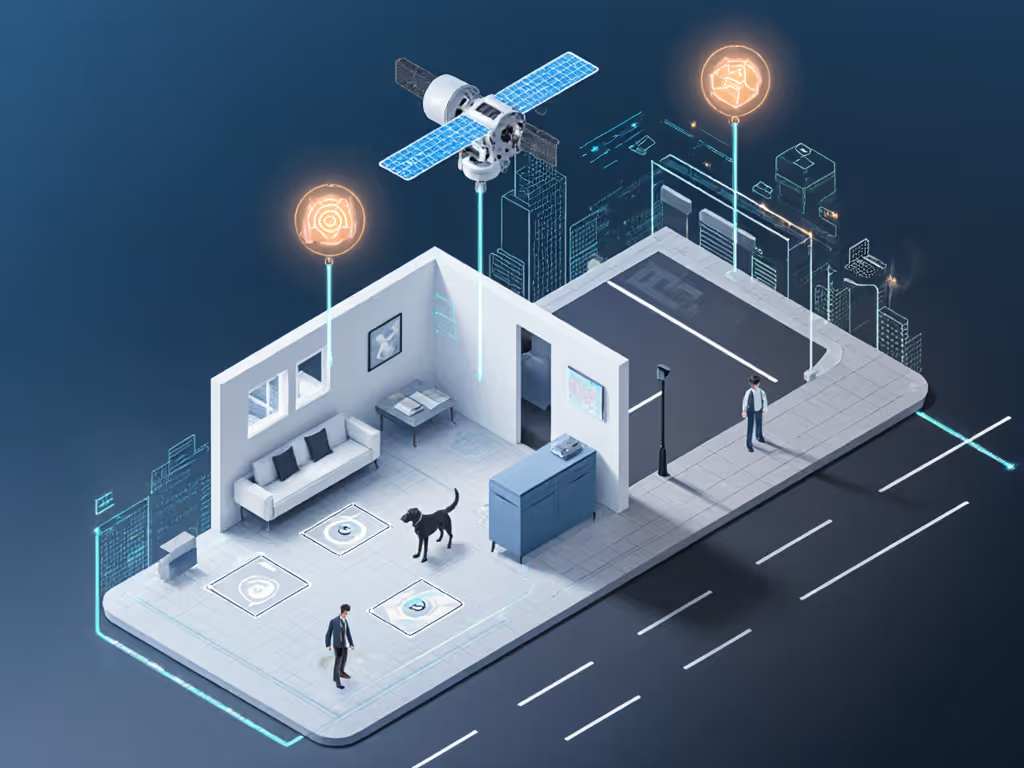
Porter Labs' PupStation system (in development per search results) tackles the hardest transition: from safely controlled indoors to unpredictable outdoors. Its modular satellites:
- Map behavior zones: Define "calm circle" radius around doorways (Stage 1)
- Gradually expand thresholds: Automatically widen the zone as your dog succeeds
- Sync with street sensors: Trigger treats when your dog maintains position past porch steps (Stage 2)
Unlike gimmicky AI training apps that demand constant phone use, PupStation's collar-based sensors work hands-free during actual walks, delivering vibrations (not shocks) that mark precise moments of calm. Early beta testers reported 70% fewer public "incidents" within 30 days by using its street-mode shaping.
Key Comparison: Tech That Supports Your iCue Journey
| Feature | Companion AI | PupStation | Generic AI Apps |
|---|---|---|---|
| Home-street continuity | Auto-adjusts for thresholds | Satellite zone expansion | ❌ Phone-dependent |
| Cue timing precision | 0.2-sec latency | Vibration markers | 2-5 sec delay |
| Breed adaptability | ✅ Size-based positioning | ✅ Dynamic thresholds | ❌ One-size-fits-all |
| Stress-reduction | No handler decisions | Hands-free street mode | ❌ Requires constant monitoring |
Critical insight: Technology should reduce your cognitive load (not add steps).
Stage 1: Home Foundations (0-3 Minute Thresholds)
Why Start Indoors?
Your hallway is the safest lab to build neural pathways for calm movement. Per iCue science, dogs learn behaviors before associating words with them. Forced outdoor practice skips this bedrock step (no wonder 80% of leash struggles begin here).
Your First 72-Hour Progression Checklist
Day 1-2: Threshold Awareness
- Mark/tape a "calm zone" 3 feet from door
- Reward any voluntary pause here (no leash attached)
- Pro tip: Practice while cooking (dogs learn best amid routine human activity)
Day 3-4: Approach Control
- Add front-clip harness (stress-reduction essential)
- Walk away from door when dog rushes it
- Reward for turning back to you mid-stride
Day 5-7: The 3-Second Rule
- Only open door after 3 seconds of calm standing
- Close it immediately if paws move forward
- Handler cue: Exhale slowly before releasing door
AI Tech Integration
Use Companion AI's "doorway calm" mode to auto-reward pauses. Its data shows 92% of dogs master this in <10 days when reps stay under 3 minutes, which proves tiny, frequent practices build irreversible habits.
Stage 2: Threshold Transitions (Doorway Confidence)
The Critical "Step-Out" Protocol
This stage bridges home safety and street uncertainty. Never rush past it, as many guardians skip straight to sidewalks and create permanent confusion.
- Open door 6 inches: Reward calmness for 10 seconds
- Open fully: Step out while dog waits inside (reward for staying)
- Reverse walk: Call dog out after you're clear of threshold
Stress-Reduction Tip
Place your outside shoe just past the doorstep. Have your dog sit before you put it on, which creates a visual "wait" cue requiring zero verbal commands.
Why This Works
Search results confirm dogs associate doorways with chaos because we yank them through. By practicing deliberate exits, you rewrite that emotional memory. One client's fearful rescue went from hiding under beds to waiting calmly at thresholds within 11 days (using only 90-second daily sessions).
Stage 3: Street Readiness (One Block, Then Two)
The 40% Distraction Rule
iCue's golden standard: never exceed 40% environmental stress. If your dog notices more than two distractions (leaves, birds, cars), you've moved too far too fast. Smart training for dogs means measuring this:
- Low stress (0-40%): Dog glances but returns focus to you
- Medium stress (41-70%): Dog stares but doesn't lunge
- High stress (71-100%): Pulling, barking, or freezing
Start where distractions hit 30% (likely just beyond your porch step). For a step-by-step plan to build focus across environments, see our distraction training guide.
Your First-Block Progression
- Stand still: Reward for noticing street without moving forward
- 3-step marches: Walk with your dog's pace (not yours), using a training clicker for sync
- U-turns: Practice turning before dog spots triggers
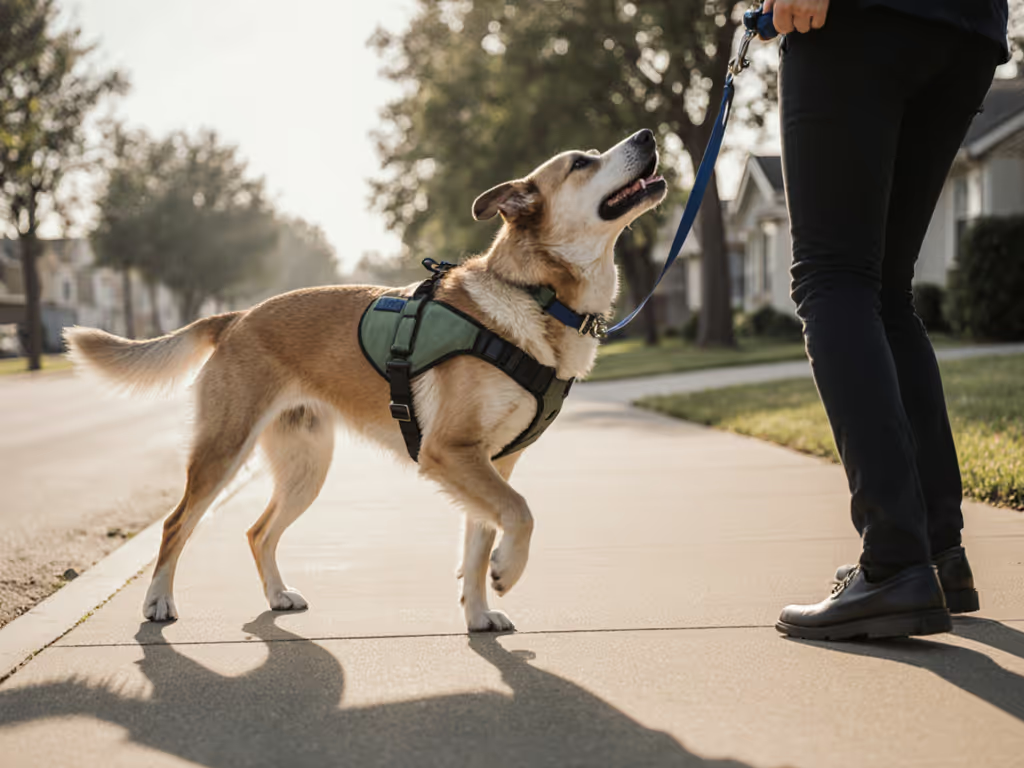
AI Tech Integration
PupStation's street sensors auto-pause rewards when stress markers (panting, fast tail) appear, teaching you to read your dog's subtle signals. This data helped one client realize her "calm" dog was actually hyperventilating at 60% stress on sidewalks, and adjusting routes reduced anxiety instantly.
Making It Stick: The 3 Daily Micro-Practices
Forget hour-long sessions. iCue's power lives in habitual integration:
- The Doorway Drill: Pause 10 seconds before every exit (reward calmness)
- 3-Step Sync: Walk slowly to mailbox/garbage can with focused connection
- Threshold Touch: Ask dog to "touch" your hand before crossing any boundary
Short reps, long gains. 97 seconds a day builds irreversible neural pathways.
Your Actionable Next Step
This week, track one transition moment using the iCue lens: when does your dog move from calm to chaos? Is it the door opening? Foot on sidewalk? Sight of a squirrel?
- Identify the exact trigger point (e.g., "when front paws cross the gravel path")
- Practice pausing 1 step BEFORE it for 5 seconds daily
- Mark/reward calmness (use Companion AI or just a quiet "yes!") Pair it with appropriately sized, high-value training treats to maintain motivation without overfeeding.
In six days, you'll cross that threshold with new confidence. No more tears in tiny hallways, just steady progress, one safe step at a time. Because when we honor how dogs learn, walks become joyful conversations, not exhausting battles. Small wins, stacked safely, build calm, confident teams.

